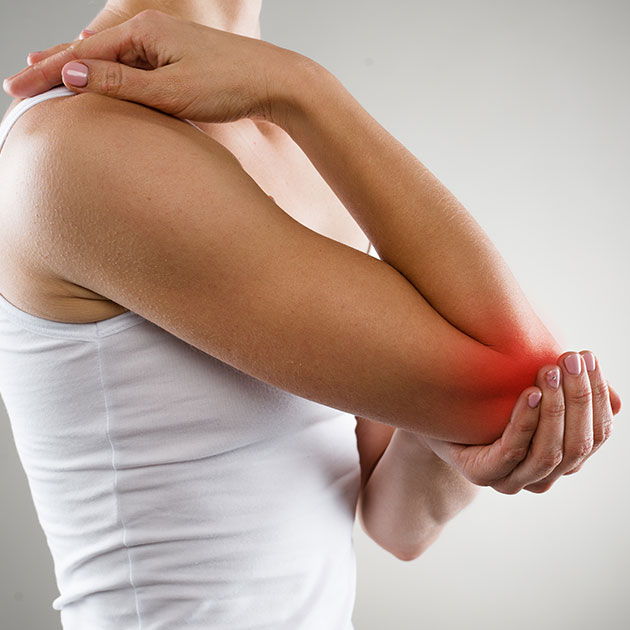My preferred clinical tendon classification system

Clinically I like to keep things simple. I strongly believe that simplicity is a key ingredient of a successful rehabilitation program.
simplicity is a key ingredient of a successful rehabilitation program. #performbetter @pogophysio Share on XIn 2016 I heard Melbourne based physiotherapist, university lecturer, and researcher Peter Malliaris (1) refer to a categorisation system that he uses to classify tendon pain.
Malliaris breaks down tendon presentations into pain and function categories.
Pain Categories
Regarding pain, the tendinopathy may be irritable and load intolerant. Such a tendon will flare significantly after it has been loaded for example by a run, with pain following the activity, and 24hrs later on waking. Morning stiffness of the tendon (think getting out of bed) will also be marked in its intensity. Such a presentation will be slow to progress, and will require a very low starting point with regards to rehabilitative loading. People with irritable tendons are compelled to act as their condition continues to worsen despite their attempts to self-manage.
Alternately the tendinopathy will be able to tolerate some load, and rehabilitation can proceed with care. Such a presentation will present as painful when diagnostic loading tests are performed, however the key difference to the irritable tendon is that the athlete will be ‘managing their symptoms’, but just not getting better as they would like. This tendon could be classified as stable.
So regarding pain the tendinopathy can be classified as either:
Irritable (load intolerant) or Stable (load tolerant)
Function Categories
Regarding function, the tendinopathy will be either classified as being marked, or minor, or nil in the functional deficits the athlete or sufferer is experiencing.
If the sufferer has marked functional deficits they will exhibit very obvious kinetic chain contributory factors. Malliaris refers to such contributing factors as being a definitely unequivocal stand out factor when assessed. This may be either a strength or control based issue. For example an athlete with chronic Achilles tendon pain may exhibit very poor calf function and strength combined with a distinct deficit of hip strength and control when running.
Alternately the athlete may on assessment exhibit more minor functional deficits, exhibiting protective patterns of movement that unlike the afore-mentioned marked factors are less obvious contributors to the onset of the tendon injury at hand.
Continuum Categories
In addition, Malliaris suggests to refer to a tendon on the continuum as being either reactive or degenerative in nature, or a combination of the two. That is an athlete may present with a reactive on degenerative presentation.
An athlete may present with a reactive on degenerative presentation. #performbetter @pogophysio Share on XIn clinical practice I have adopted Malliaris’ classification model, and will classify my clients as either being:
Stable or unstable (stable/unstable)
and
Reactive or degenerative (reactive/degenerative)
Identification of these two characteristics of a tendon injury I have found to greatly simplify the clinical approach taken to guide the injured runner through their rehabilitation.
Physio With A Finish Line,

Brad Beer (APAM)
Physiotherapist (APAM)
Author ‘You CAN Run Pain Free!’
Founder POGO Physio
References
(1) Malliaris, P (2016). Matering the Lower Limb Tendinopathy workshop (Sep 2016, Brisbane Australia).








